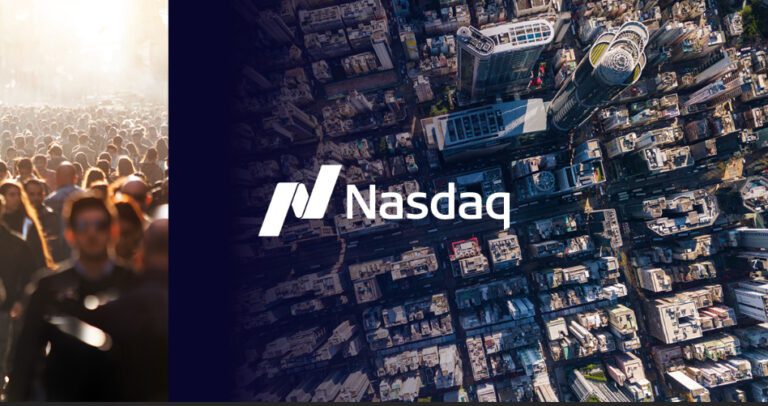The New Nasdaq SAMA Reporting Rules: Enhancing Transparency in Saudi Banking
Published on October 11, 2024
Introduction to the New Reporting Rules
The new Nasdaq SAMA reporting rules represent a significant shift in the regulatory landscape of Saudi banking. These changes aim to enhance data granularity, which is expected to improve overall transparency in the financial sector. By implementing these regulations, SAMA (Saudi Arabian Monetary Authority) seeks to attract more domestic and foreign investments, reinforcing its commitment to a more robust financial environment.
Improving Transparency in Financial Reporting
One of the primary goals of the new reporting rules is to improve transparency within the banking sector. Enhanced granularity in financial data will allow stakeholders to gain better insights into bank operations. This move is essential for building trust and confidence among investors, as clearer data reporting can significantly reduce risks associated with financial uncertainties.
Impact on Investment Attraction
The transparency fostered by the new SAMA regulations is expected to serve as a catalyst for increased investments in the Saudi banking sector. By providing detailed financial reporting, potential investors can make more informed decisions, thus creating a more attractive investment landscape. Improved transparency can play a pivotal role in positioning Saudi Arabia as a leading financial hub in the region.
Granularity of Financial Data
The enhanced granularity of data mandated by the Nasdaq SAMA reporting rules will require banks to provide more detailed breakdowns of their financial performance. This includes specific metrics on lending practices, asset management, and risk exposure. As a result, stakeholders will have access to comprehensive data that reflects the true health of financial institutions.
Regulatory Compliance and Challenges
While the new reporting rules present numerous benefits, they also pose compliance challenges for banks. Financial institutions will need to adapt their reporting mechanisms to align with the new standards, which may require significant investments in technology and infrastructure. However, the long-term advantages of compliance, such as increased investor confidence, far outweigh the initial hurdles.
Long-Term Financial Implications
The long-term financial implications of the new SAMA reporting rules could reshape the landscape of Saudi banking. As transparency improves and investor confidence grows, banks may experience higher inflows of capital. This could lead to increased lending capabilities and fuel economic growth within the region, fulfilling SAMA’s vision of a thriving financial sector.
Conclusion: A Promising Future Ahead
In summary, the new Nasdaq SAMA reporting rules have the potential to significantly transform the Saudi banking sector. By focusing on enhanced transparency and data granularity, these regulations are set to attract investments and contribute to the overall financial health of the region. As banks align with these new standards, the future of Saudi banking looks promising, paving the way for sustained growth and development.

